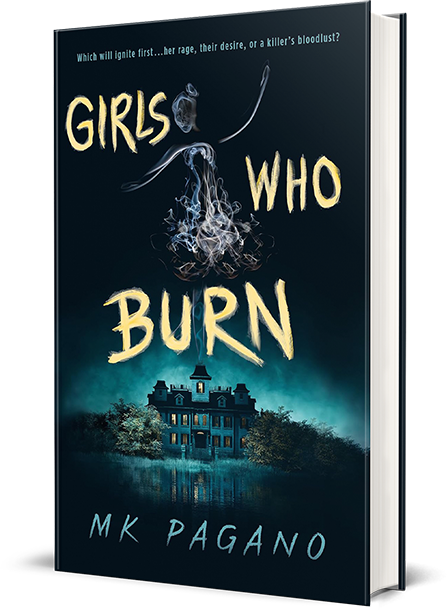On Secondary Characters

I’m an obsessive reader. I’d rather go without food than without books (for a little while at least). I’ve just recently decided to break into the NA category. While I have positive and negative things to say about all of the books I read, there was something that stood out in nearly all of them that really bugged me: the flat secondary characters.
Like, in the worst way. There was The Supportive Female Best Friend, The Comic Relief Gay Friend, The Hot Jock Friend. Now, there’s nothing wrong with having these characters—it’s the not ever rounding them out into actual people that really got to me.
There are only a limited number of pages in a book (at least there are supposed to be to make it publishable) and you want to spend time on fleshing out the people who matter the most. But I maintain that secondary characters should be more than just sounding boards for your main characters.
No one likes friends who constantly talk about themselves, so why are these people hanging around your heroine if all she does is whine about her own problems? These people should have conflicts, b-stories. They need reasons to be in the story. Otherwise your heroine can just write all her feelings in her journal—it’s essentially the same thing as a friend who just nods and says “Wow!” every time she speaks.
How to flesh them out
You should know everything about these characters—their last names, how many siblings they have, what they’d be most likely to do in a crisis. You don’t need to put every detail of their lives in the story—that’s reserved for the main characters, and even then you’re being selective on what to include. Some of what you know might not even make it into the story (see J.K. Rowling’s notes on Dean Thomas). But if you never think of them as more than side notes, how is the reader supposed to?
And it won’t necessarily come to you all at once (does anything?) In my story, I have a main character named Joe. Joe makes a friend at his new school named Charles. When I first started writing I didn’t know a ton about Charles other than the fact that his family was connected to the mystery Joe was trying to solve. Charles started off as a friendly, quiet kid who mainly existed as a sounding board for Joe.
Then, as my story got going, I figured out that once Charles learns more about the history of his own family, he should be getting a little annoyed. More than a little annoyed. He should be getting pretty fired up, actually. There’s a scene in the climax where I needed Charles to do something pretty major. I realized this meek little cardboard boy I had created wasn’t capable of doing what I needed him to do. So I went back and changed his entire character. Instead of a quiet soundboard, I had this living, breathing little firecracker of a kid. And I love him so much more for it. When Charles lashes out, what he does doesn’t seem out of character—it seems inevitable.
J.K. Rowling does secondary characters exceptionally well. Remember when you thought Neville was just a cowardly little weakling? And Draco Malfoy could be summed up as “rich, evil bully”? What if Ron and Hermione had never been anything but Harry’s sounding boards? Your secondary characters may start off one-dimensional but as the story progresses, they should not stay that way.
Your secondary characters—where they come from, what they want, how they grow—you need to know all of that as well as you know your main characters’ bios. Please don’t create characters that can be summed up in three words. If you took the time to write them into existence, they deserve more than that. And it will make your story so much richer.
Remember: everyone is the hero of their own story—even if they’re not the hero of yours.
Photo by Warren Wong on Unsplash

